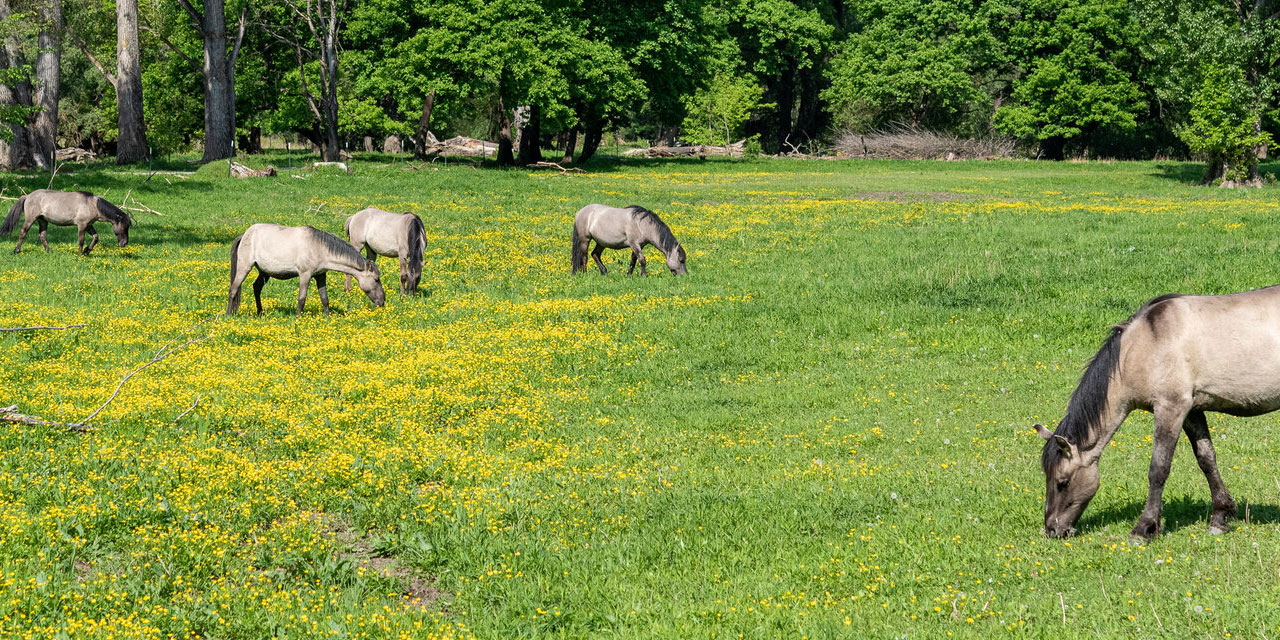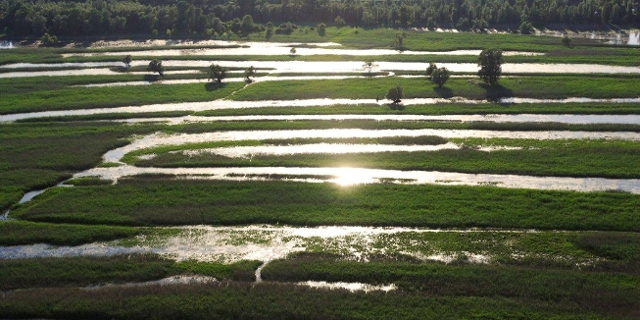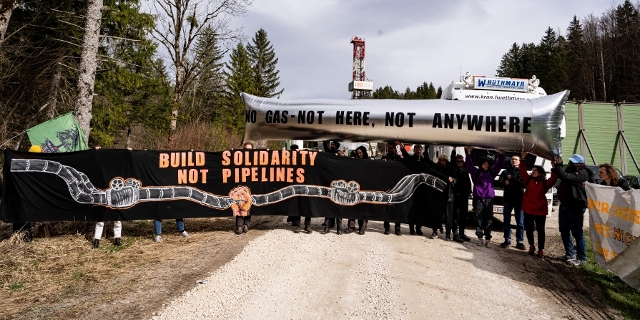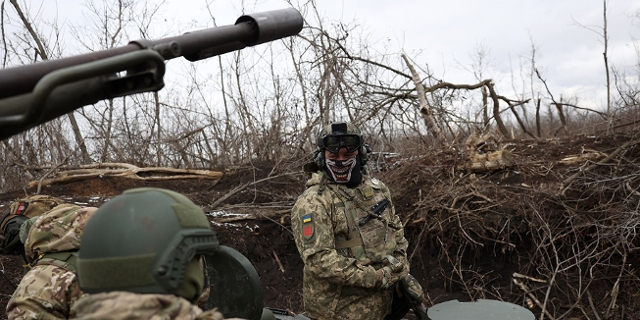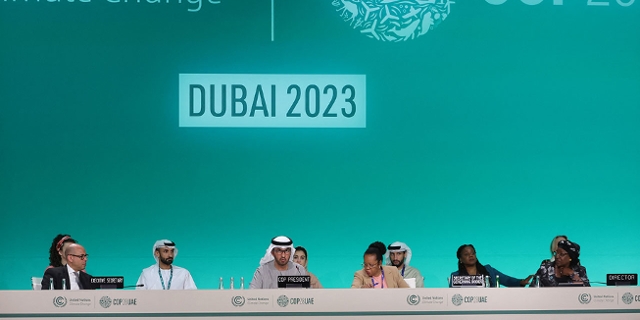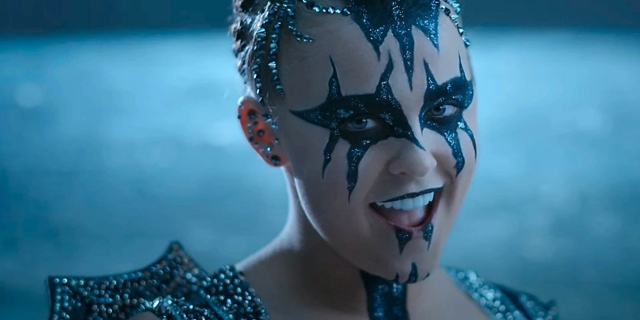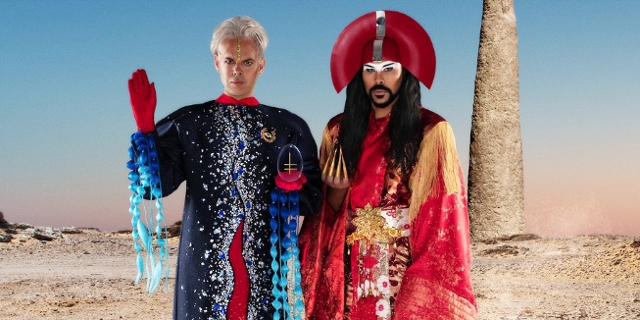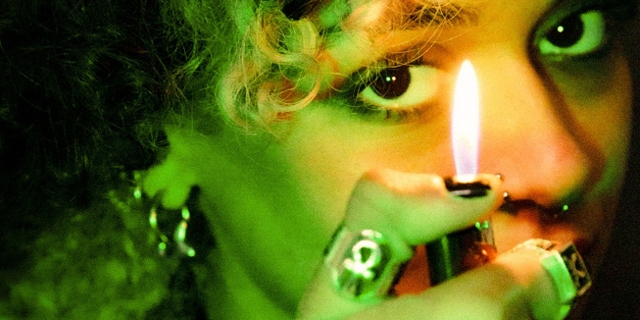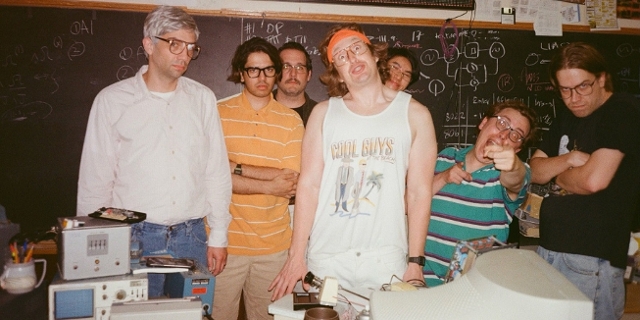„Restoring Nature Is Crucial“
In the Marchegg Nature Reserve, white-storks nest proudly in trees, white-tailed eagles circle in the sky and the air is teeming with insect life, some of which is remarkably interested in my blood. There are fallen logs lying on the swampy ground providing homes for beetles; there are fluttering butterflies and energetic grasshoppers.
Then to complete the show some beige wild Konik horses, swish their dark tails against the flies on a juicy green meadow. This is a biodiversity hotspot.
But the conservationists here are not just aiming to preserve this biodiversity. They are trying to improve it. Michael Stelzhammer is in charge of a project to restore the near natural river dynamics in the lower Moravia floodplain, helping bring back a meandering river and a swampy biodiversity.
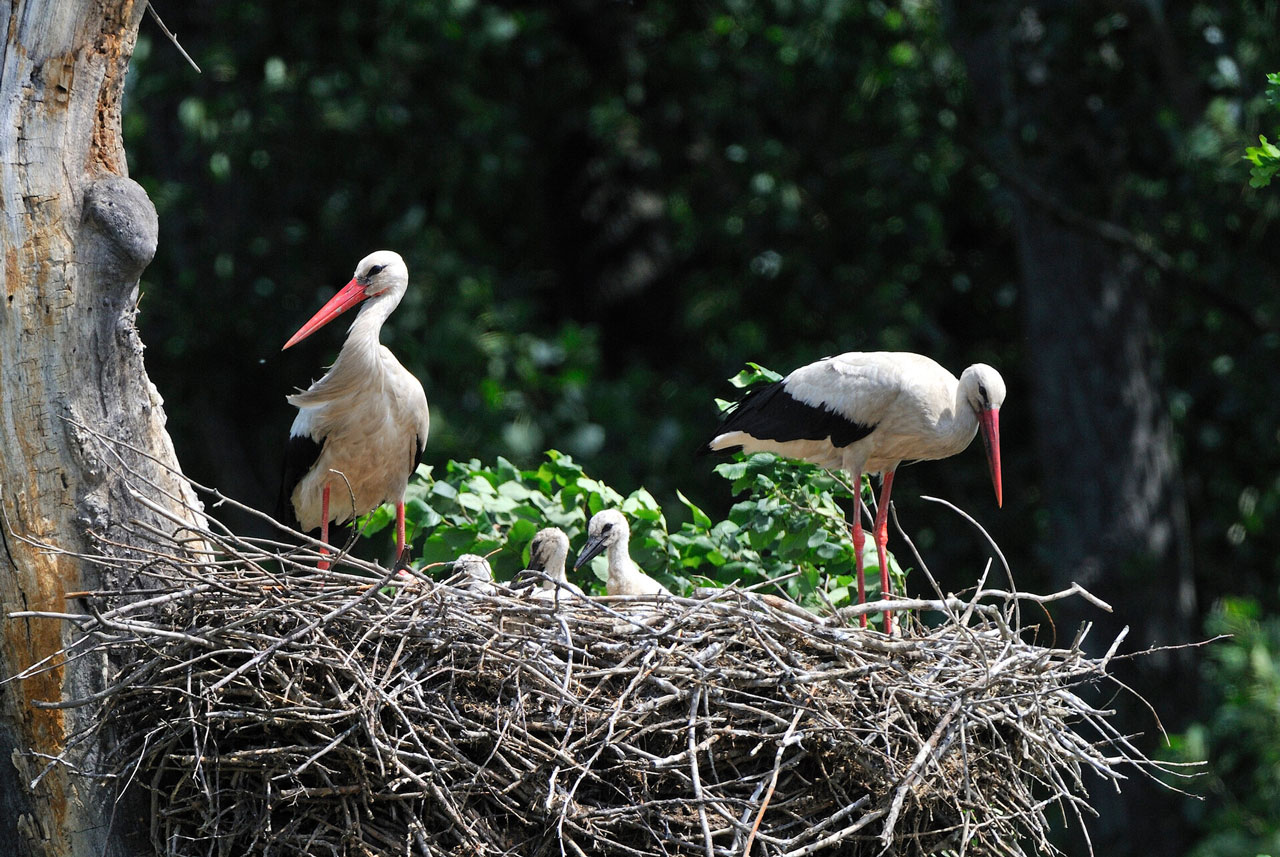
Alfred Krappel
Too controlled, too dry, too dead
“Here in the floodplain the main issue is water,” he explains. “We’ve seen in recent years that it has become very dry here. Even the floodplain meadows have turned brown in summer.” It’s this sort of drastic ecosystem degradation that has turned the conservationists from passive observers to active helpers of nature. “You have to help nature. You have to give nature its freedom back.”
In the Marchegg Nature Reserve this means reconnecting river branches that have been artificially cut off during the decades of engineering in the 19th and early 20th centuries when making a river as perfectly straight as possible became seen as a symbol of man’s mastery over nature.
Removing the Straightjacket
We know better now; far from preventing floods, by straitjacketing the river we were not only destroying valuable habitats but we were also paving the way for more violent floods. The river needs somewhere to go in times of heavy rain. Nowadays the conservationists removed any artificial barriers and once again let the river choose its own course.
It’s a process called nature restoration.
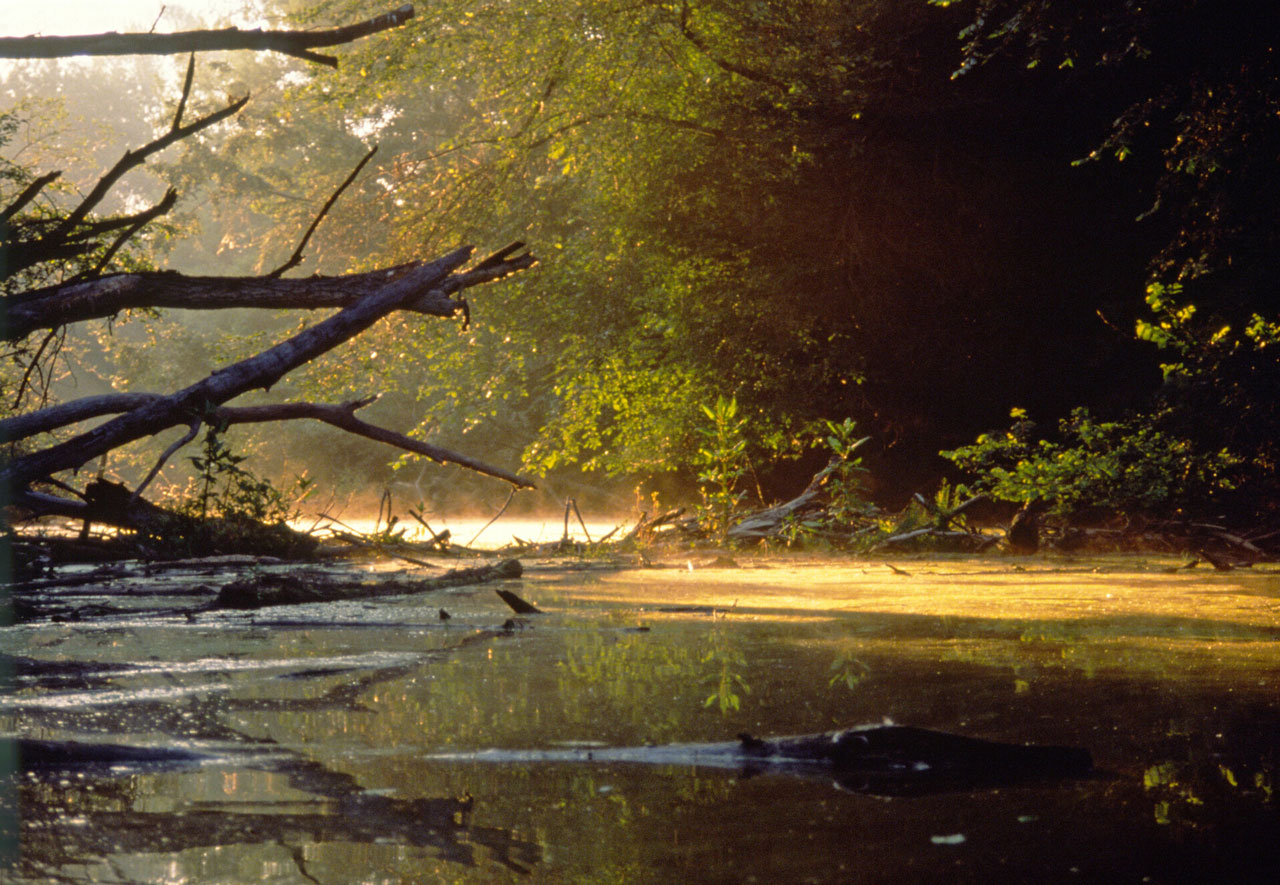
H. Kretschmer | 4nature
Ola Miklasińska of WWF Europe, who has travelled to Marchegg from Brussels to promote nature restoration projects, says this process is vital. She says it is crucial that the sort of thing we are seeing at this relatively small-scale project on the Austro-Slovakian border is implemented across Europe on a much larger scale.
Restoration = Resilience to Disaster
“Restored nature is resilient to the extreme weather events,” she tells me. “It’s not just that these sorts of river restoration projects are protecting us all from the floods that are becoming increasingly violent in Europe, but we have to remember that nature is also major carbon sink.”
Intact soils, vegetation, grasslands and forests sequester lots of the carbon that we have been carelessly pumping into the atmosphere. “If we want to reach our climate goals, for example the commitments we made in the Paris Agreement,” she says, “then we need to restore nature.”
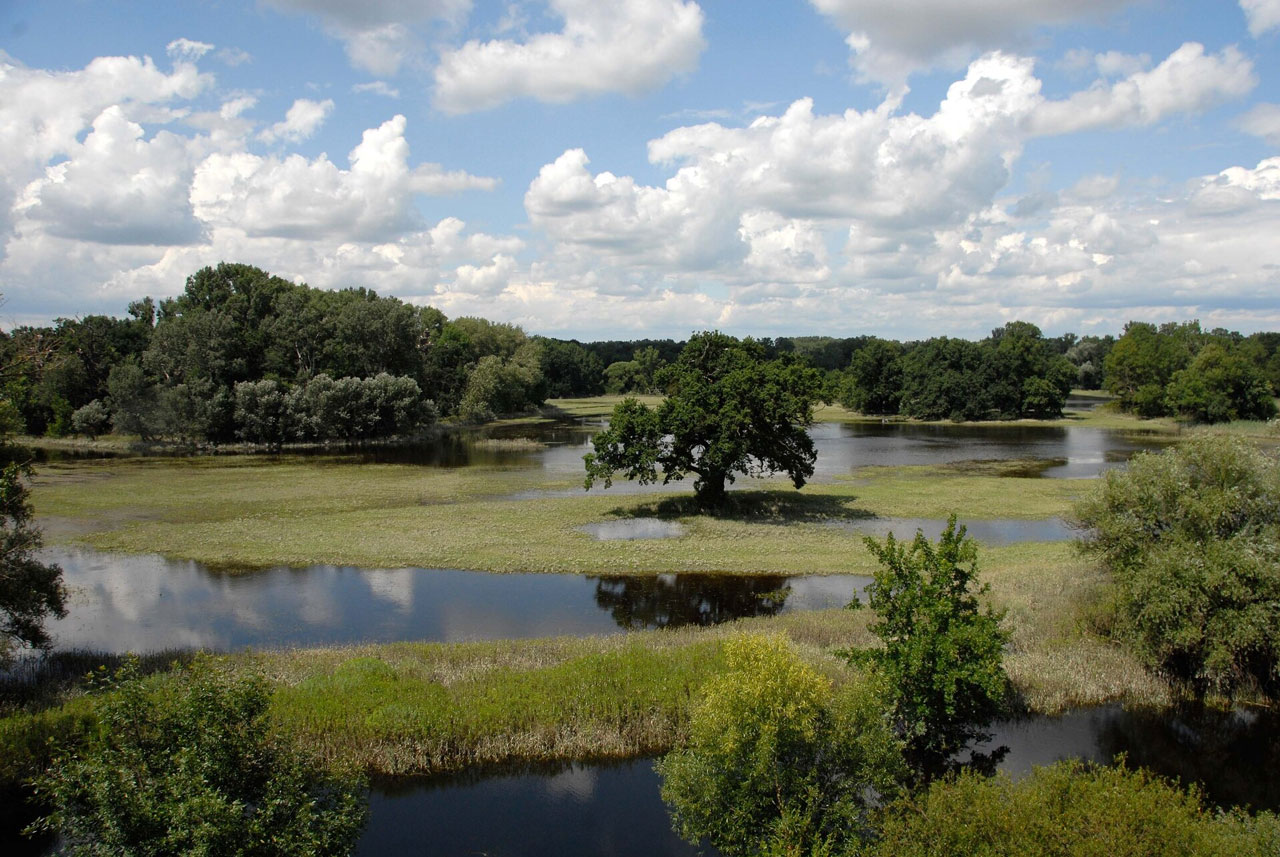
Gerhard Egger | WWF
The EU’s own figures make for depressing reading. Over 80% of our European habitats are in poor condition and less than a quarter of species are in good health.
A Contested EU Law
To combat this, the planned EU Nature Restoration Law would set legally-binding targets for member states to restore 20% of degraded areas by 2030 and restore all depleted ecosystems by 2050.
Ola says the EU Nature Restoration Law must pass because of its blocked, there really is no Plan B: “Of course there will be still restoration projects happening like here. However, they will continue to be small-scale initiatives here and there,” she warns. “We actually need it on the large scale.”
Bad For Food Security?
However this draft law, championed by the EU Commission, is wobbling severely. The conservative and right-wing blocs in the European Parliament oppose the planned regulation, saying it’s bad for food security. That’s a claim dismissed by Joschka Brangs, the biodiversity policy officer at WWF Austria.
“All the beetles, all these insects we’ve been seeing are, of course, important for an intact ecosystem,” he says, “and we need these intact ecosystems because then we will have intact soils and this is essential for producing food. Without insects and healthy soil, there can be no farming.”
„No Nature, No Farming“
Ola is frustrated at what she sees as a „false narrative“ pitting farmers against nature. Many farmers work close together with nature, she says, understanding that without a healthy ecology our food systems would collapse. Healthy ecosystems are the basis of fundamental ecosystem services, such as pollination and soil fertility.
She points to projects in the Baltic States where farmers are working with WWF on nature restoration projects.
But what about the costs?
Opponents talk about the cost of nature restoration projects, coming at a time of inflation and cost-of-living crisis. They depict conservation projects as a luxury. It is true that massively expanding restoration projects will cost European taxpayers millions. But Ola says inaction will mean the unaffordable collapse of the eco-services that we rely on for everything; our food, our water supplies, a safe atmosphere.
“There was an impact assessment when the draft law was being planned and the numbers from that assessment tell us clearly the cost of inaction is ten times higher than the cost of the action of restoring nature,” she says.
The Cost Of Inaction
Ola points to the billions spent on repairing damage that scientists see as a consequence of our neglect of the natural world. “We are seeing the droughts happening - for example, in Spain. We are seeing the tragic floods that happened this spring in Italy. This will happen more often,” she warns.
In the EU, such losses already average over €12 billion per year.
But if we restore nature, she argues, we can actually increase the resilience of our ecosystems. “We can make ourselves more immune to this type of events. I think it’s imperative for us to do it”.
The European Commission’s impact assessment concluded that investing in nature restoration adds between €8 to €38 in economic value for each €1 spent
Support from Bankers and Businesses
The conservationists have been backed by a board member of the European Central Bank Frank Elderson who has warns that destroying nature will ‘destroy the economy’. Speaking to the Financial Times he said:
“This is not some kind of a flower power, tree-hugging exercise... this is core economics,”
Major corporations, including Nestlé, Iberdrola and SPAR, have come out in support of the EU Nature Restoration Law, writing an open-letter calling for „the urgent adoption of an ambitious and legally-binding EU Nature Restoration Law to bring nature back to Europe.“ All in all 63 companies signed the letter which stated „The EU Nature Restoration Law will be a key tool to tackle our climate and biodiversity crises and to guarantee the long-term sustainability and viability of our society and economy.“
Grazing Nature Protectors
The horses at the Marchegg show how that nature restoration projects can be beautiful as well as important. A foal frolics in the rich green grass that its mother is happily lunching on. This grazing is crucial.
Since 2015, when they were brought to the area, these wild horses have been shaping natural habitats by selective grazing. They crop some of the grass short which allows for more sunlight to reach the ground in those areas. That’s a situation that suits certain insect habitats. But in other areas, where plants grow that the horses don’t enjoy eating, they leave the meadow long and jungle-like.
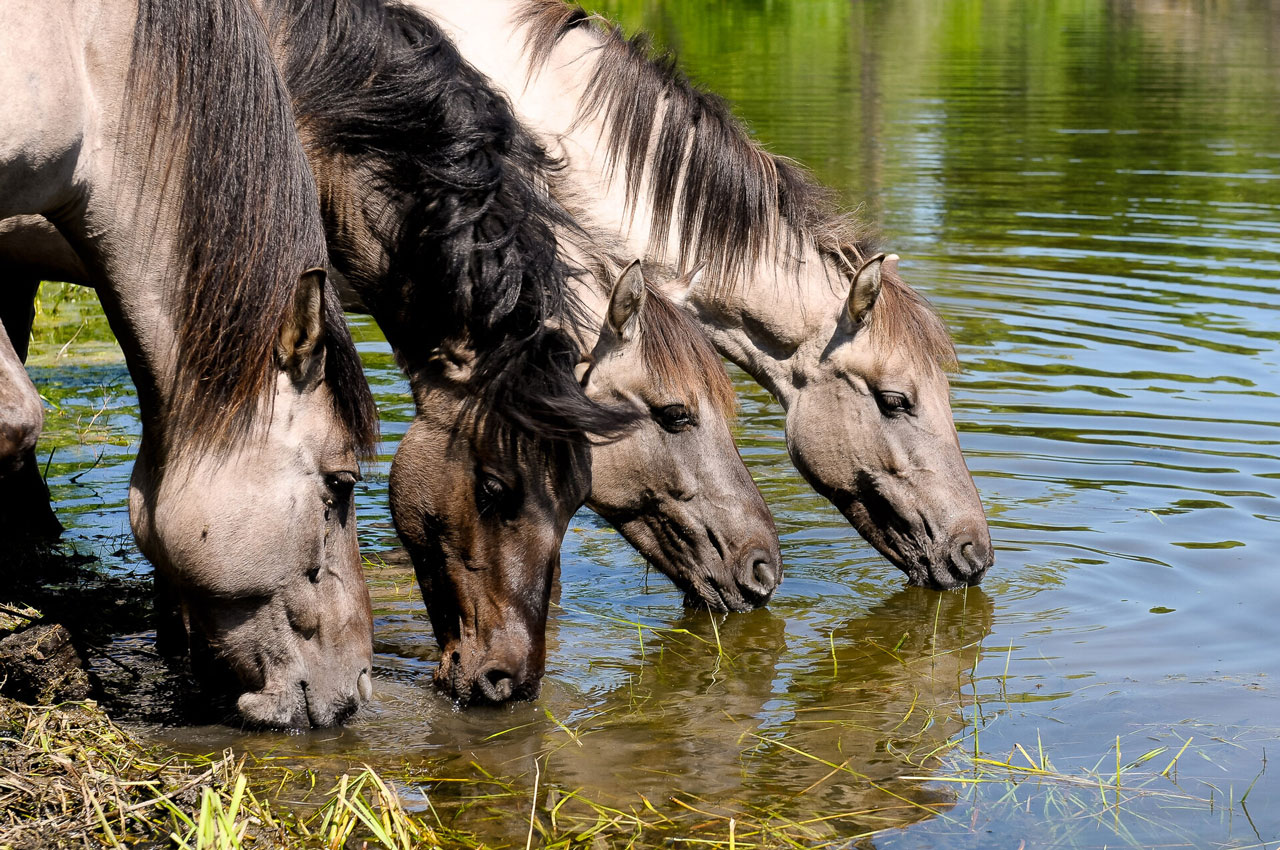
Gerhard Egger | WWF
“These areas are important hiding places for insects. The same is true for butterflies, for beetles, for bees,” explains Jurrien Westerhof, of WWF Austria. “If you would be here on a hot summer day and you walk ten metres, you’ll see probably thousands of grasshoppers jumping in all directions.
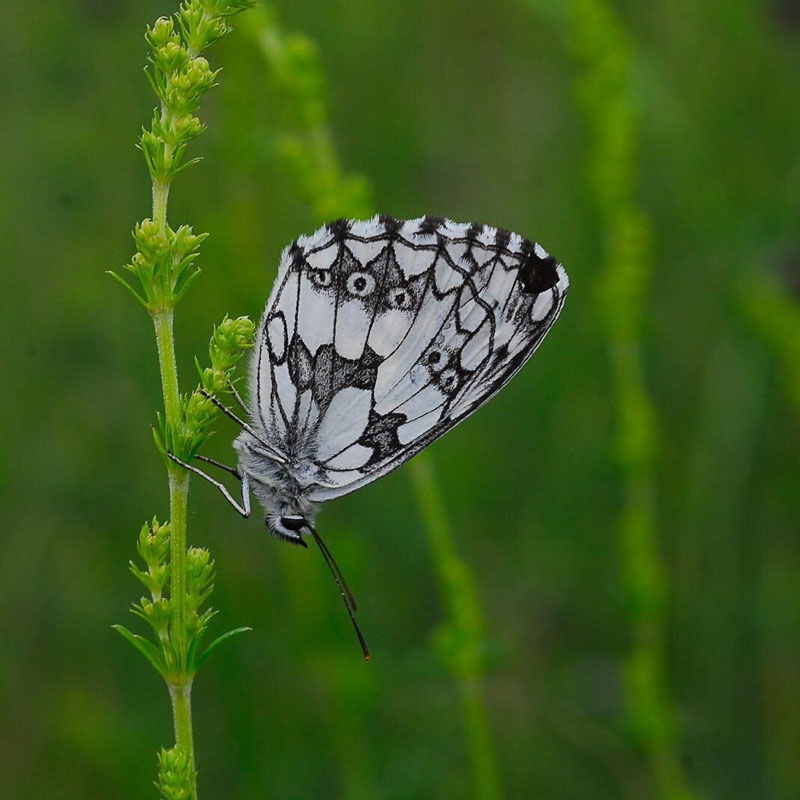
Gerhard Egger | WWF
You could of course try and keep the meadows under control with mowing instead of grazing, but it wouldn’t be nearly as effective. “Especially modern mowing machines have such fast blades that they suck all insects from the ground and kill a lot of insects. And the whole structure that may be used to be there disappears. Horses eat what they like and leaver what they do not like; and so they create really diverse habitats.”
Grazing has become less common in eastern Austria since the economics of farming have shifted to large-scale arable farming in the region, but grazing animals had been part of the natural ecosystem here since the age of the prehistoric mega fauna. In other words, reintroducing grazing is rebalancing nature.
In the 8 years of the project a monitoring programme has recorded an increase in plant life and insect life. This is heartening. We are seeing a dramatic loss of biodiversity in general in Austria and of insect life in particular. Even if it is just at a local level, it’s encouraging this trend has been locally reversed.
“Tendencies here were negative,” says Jurrien, “but by reintroducing these grazing animals we have shown we can turn these tendencies around. Things that used to be negative or used to get worse are getting better.”
Publiziert am 15.06.2023







